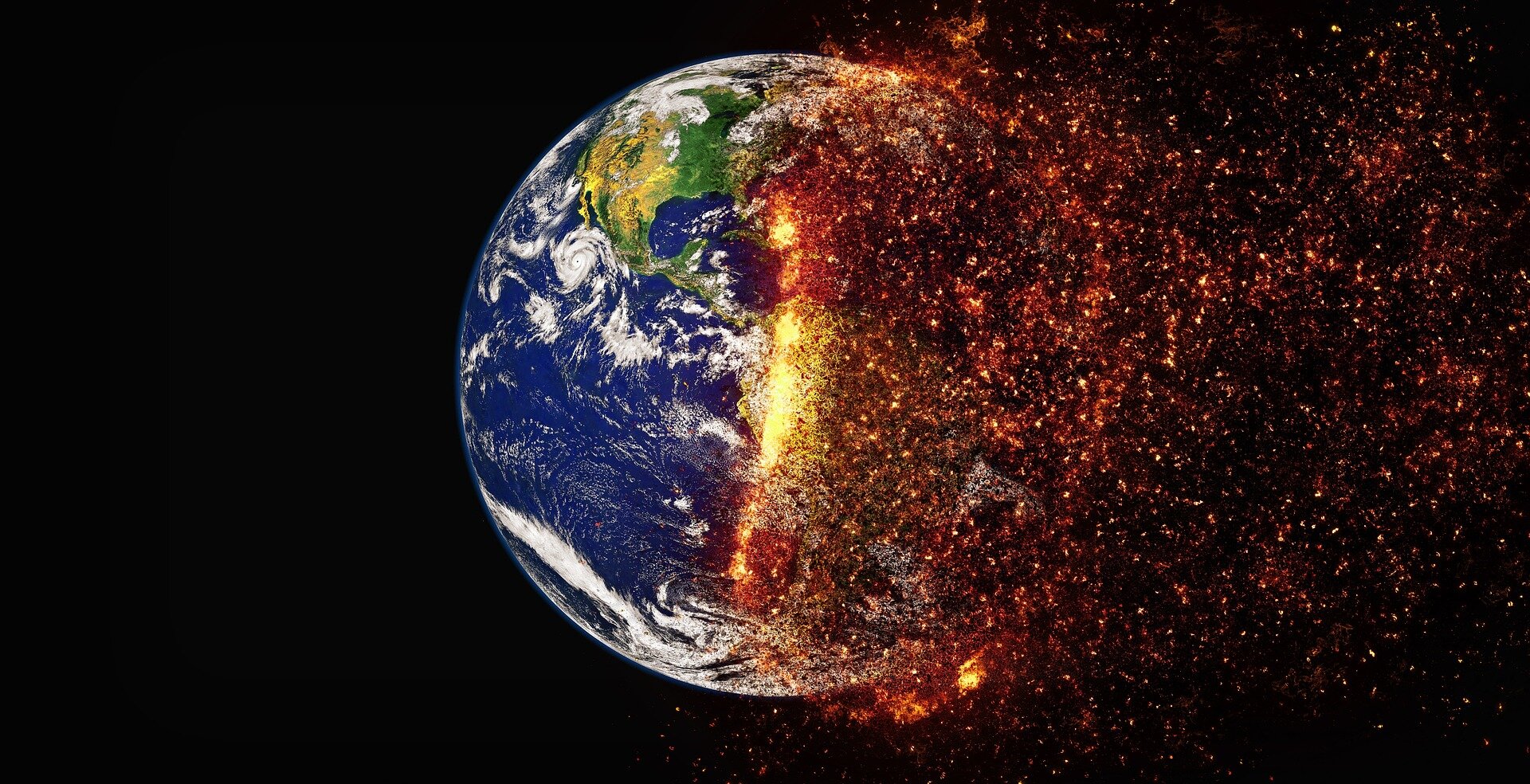INTRODUCTION
Climate change refers to long term shifts in temperature and weather patterns. These shifts may be neutral, but since the 1800s, human activities have been the main driver of climate change, primarily due to the burning of fossil fuels.
Climate change is the defining crisis of our time and it is happening even more quickly than we feared. The climate emergency is a race we are losing, but it is a race we can win.
● No corner of the globe is immune from the devastating consequences of climate change. Rising temperatures are fueling environmental degradation, natural disasters, weather extremes, food and water insecurity,economic disruption, conflict and terrorism. Sea levels are rising, the Arctic is melting, coral reefs are dying, oceans are acidifying and forests are burning. It is clear that business as usual is not good enough. As the infinite cost of climate change reaches irreversible highs, now is the time for bold collective action.
CAUSES
There are several causes of climate change. The most significant anthropogenic effect on the climate is the increasing trend in the concentration of greenhouse gasses in the atmosphere.
1. Sea level rise
2. Global temperature rise
3. Warming oceans
4. Declining Arctic sea ice
5. Shrinking ice sheets
6. Glacial retreat
7. Extreme natural events
8. Ocean acidification
9. Decreased snow cover
EFFECTS
Following are the largest effects of climate change:
1. GLOBAL WARMING
The main effect of climate change is of course global warming. With an increasingly rapid growth of the planet’s temperature due to human activities such as deforestation, intensive agriculture, mining or over consumption.
2. AIR POLLUTION
The main greenhouse gas is not counted as an air pollutant because it does not appear to affect health. However, there are links between climate change and global warming, such as the atmospheric concentration of some pollutants in the air.
3. LAND POLLUTION
The soil is equally hard hit by climate change. Human activity is significantly changing the climate and the nature of soils, which are both very fragile and most of the time over-exploited.
4. WATER POLLUTION
Water pollution and climate change are closely linked, both in rivers, seas and oceans. This pollution manifests itself in particular through changes in the flow of the various rivers, the increase in temperature and the concentration of pollutants in the water.
FUTURE IMPACTS OF CLIMATE CHANGE ON SOCIETY
1. EXTREME WEATHER EVENTS
These include heat waves,droughts, storms,cyclones and floods. These will have direct impacts on lives, homes and communities, and will also place stress on the mental well being of members of the community during prolonged events such as intense heat waves.
2. Disease
Many diseases are likely to spread and increase in incidence as the climate warms. A growing human population with high rates of interconnectedness is also at risk from newly emergent and exotic diseases for which we have no treatment or immunity.
3. FOOD AND WATER
Disrupted supplies of water and high temperatures will stress crops and promote algal blooms in reservoirs while using ocean acidification will affect fisheries.
4. JOBS
Jobs will be particularly badly affected from soaring temperatures, droughts and storms. Employment patterns will be changed and disruptions to supply chains will threaten businesses.
5. SECURITY
Threatened food supply chains, changing patterns of infectious diseases and forced migration from land rendered uninhabitable will trigger tension, unrest and violent conflict.
CLIMATE CHANGE PREVENTION
1. RENEWABLE ENERGIES
Changing our main energy sources to clean and renewable energy. Solar, wind, geothermal and biomass could be the solution.
2. SUSTAINABLE TRANSPORTATION
Our transport methods must be aligned with environmental requirements and reduce their carbon footprint. It is essential to rethink our transport methods from the design stage towards eco-friendly transportation.
3. AIR POLLUTION PREVENTION
Many methods exist to prevent, control and reduce air pollution, in particular by reducing the consumption of fossil fuels, and limiting industry emissions and waste.
4. WASTE MANAGEMENT AND RECYCLING
The simplest solution to reduce waste is to adapt our consumption patterns. The recycling process must also be taken into account in our consumption habits.
5. SEA AND OCEAN PRESERVATION
Oceans and seas are the largest storage of greenhouse gasses and are an exceptional support system for life on this planet. Limiting overfishing, unsustainable development activities in coastal areas and the consumption of environmentally friendly products is now essential.
6. CIRCULAR ECONOMY
Use the 3 r’s of circular economy (reduce, reuse and recycle) to significantly reduce our waste and avoid unnecessary production of new items.



.png)
1 Comments
incredible shot
ReplyDelete